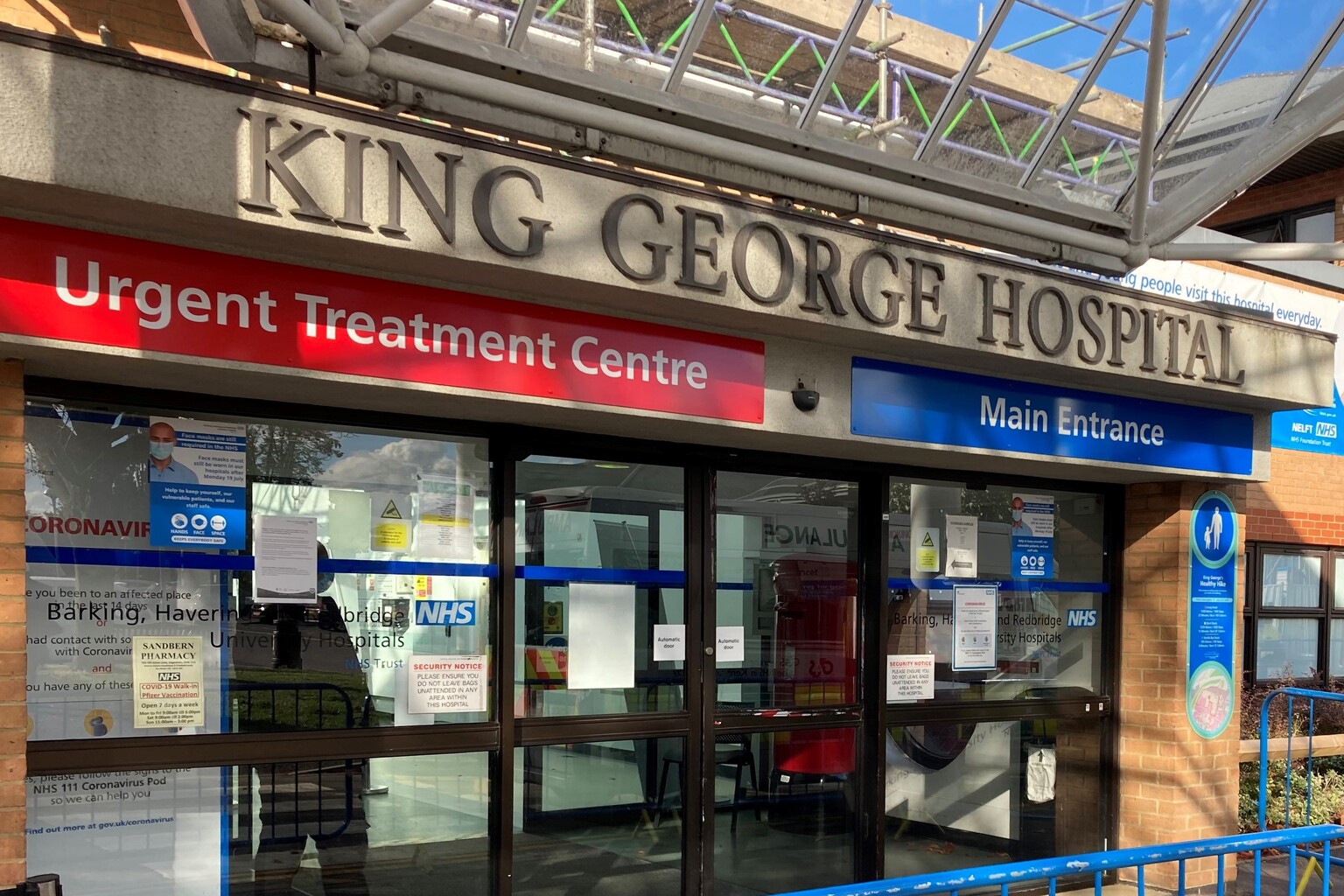As competition for residency slots grows, third- and fourth-year medical students are increasingly turning to audition rotations to gain an edge.
Here’s what you need to know about this emerging piece of the residency application puzzle—and how to make the most of the opportunity.
What are audition rotations?
The American Osteopathic Association notes that an audition rotation is a two- to four-week residency program “interview.” It allows you to “try out” for the program so that the directors—and you—can see how well you will fit in. An audition rotation isn’t mandatory, but it’s something you should strongly consider: In an increasingly competitive environment, it gives you the chance to demonstrate your clinical knowledge and skills to the residency directors. Successful performance will help you stand out among other applicants for the residency slot and can help you obtain a strong letter of recommendation. Plus, it’s a good opportunity to learn more about a program that interests you. You should begin the application process in your third year of medical school, as you’ll complete the rotation in your fourth year.
Though they’ve gained in popularity in recent years, audition rotations aren’t exactly new. According to Medical Education Online, the term was first used in 1987 by A.G. Swanson of the Association of American Medical Colleges. At one point, medical educators did not view these rotations favorably, as they felt they would give some students an advantage in the application process. Many program directors, however, began to favor these rotations as an effective way to choose candidates who would fit well into a particular residency. Medical Education Online notes that a 2014 survey found that program directors ranked an audition rotation high for both selecting students for interviews and for ranking them in the match. For residencies in some specialty areas, the rotation was listed as the most important factor.
Five tips for a successful audition rotation
The audition rotation gives you a great opportunity to show what you’ve learned and to demonstrate that you’ll be an asset to the program. Here are five ways to get the most out of this important experience.
1. Be prepared
As ever, careful preparation is one of the most important ways to ensure you excel. With audition rotations, this is true even on a day-to-day basis.
Get there at least half an hour before your shift starts. This will give you time to get to where you need to be in the hospital or clinic, greet your co-workers and prep for the day ahead. Get a copy of who your patients are going to be for the shift, read their medical records and know what to expect for the day.
There’s no way you can prepare for everything, but it makes a good impression if you’re demonstrating an effort to start your shift on firm footing.
2. Know the dress code
While some programs expect you to show up in scrubs, others will expect you to dress professionally while you’re on your audition rotation. So before your first day, ask about the dress code.
If you’re ever unsure how to dress, go with a professional outfit. You can always change into scrubs if you need to, and it’s best to err on the side of caution.
3. Learn actively
Curiosity, active learning and a thirst for knowledge are all important qualities in a good doctor—and important ones to practice and demonstrate during audition rotations.
Don’t wait to be told what to do: Be proactive, learn what you need to do to be helpful during your shift and don’t be afraid to learn from others who are working with you. Know your patients’ medical histories and be willing to read up on their diagnoses so that you’ll be able to show your understanding to your attending and be able to discuss the case intelligently.
4. Discuss letters of recommendation early
Letters of recommendation are important elements of your residency application. Be sure to discuss these early in the rotation, as there may be specific requirements that need to be fulfilled before faculty can write your letter. On a deeper level, this kind of discussion can also help you understand what is expected of you from the outset and clarify your goals.
Keep in mind that some specialties have specific forms of recommendation letters. For example, the Emergency Medicine Resident Association notes that the Standardized Letter of Evaluation (SLOE) is a crucial part of a residency application for emergency medicine, and there are specific steps that must be followed to receive one.
5. Communicate
Good communication is an essential skill for a doctor to cultivate. In this context, it’s important to discuss your goals with your preceptor and to communicate with them throughout the course of your rotation. That communication should extend to fellow residents, nurses, other hospital staff and, of course, the patients and their families. This can show your preceptor that you’re capable of the collaborative, multidisciplinary team effort that is required in modern medical practice.
So while an audition rotation isn’t strictly necessary, it’s something to seriously consider, particularly if you’re looking to specialize in a competitive area. And this rotation isn’t just a chance for the residency directors to check you out—it also gives you a chance to get a feel for the program before you sign up for a three- to four-year commitment.


